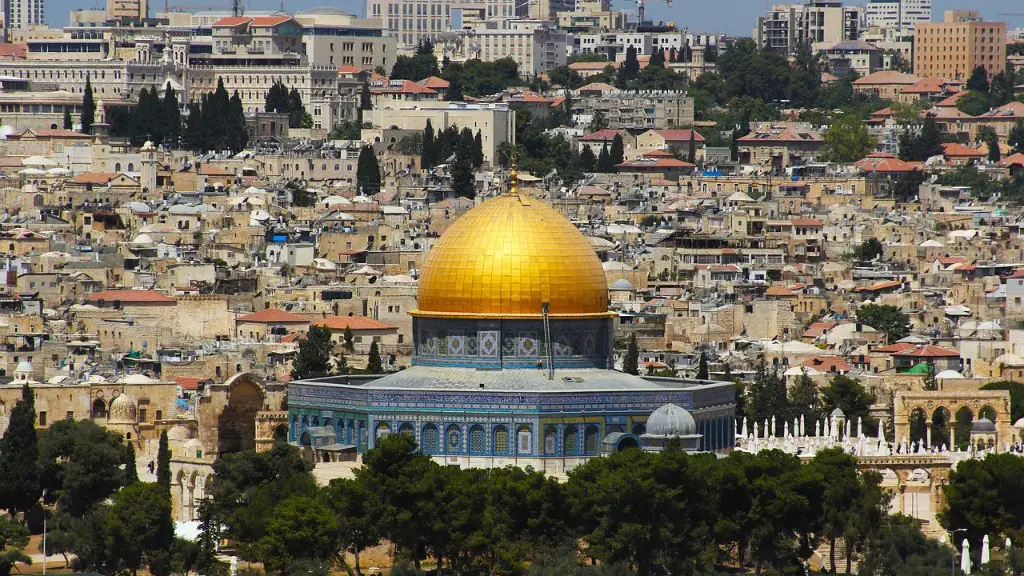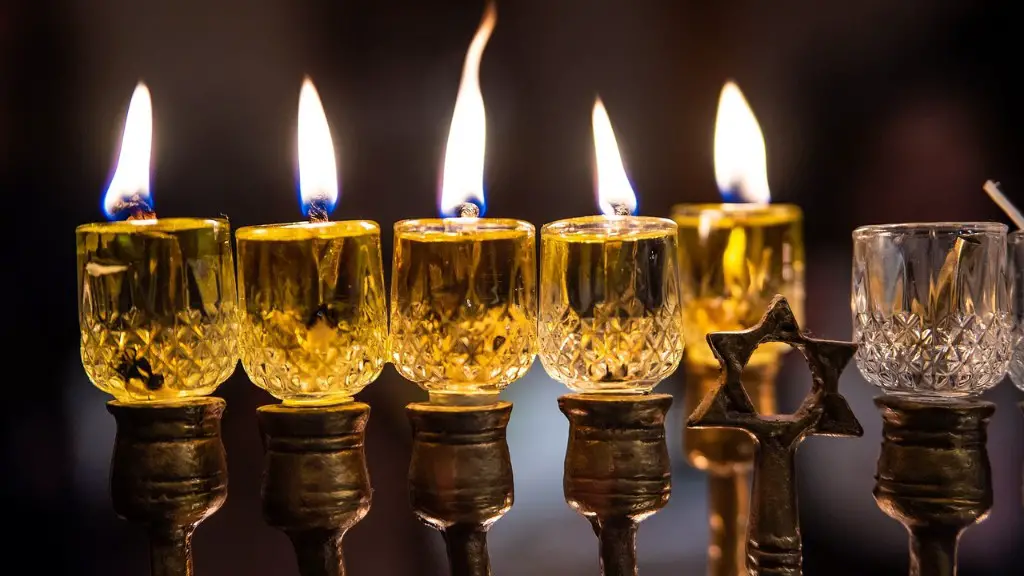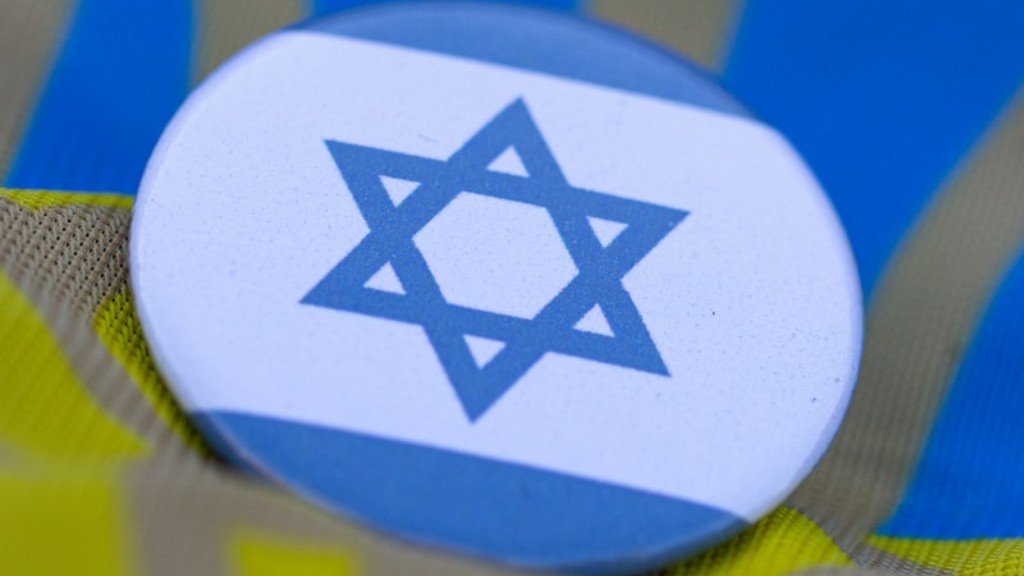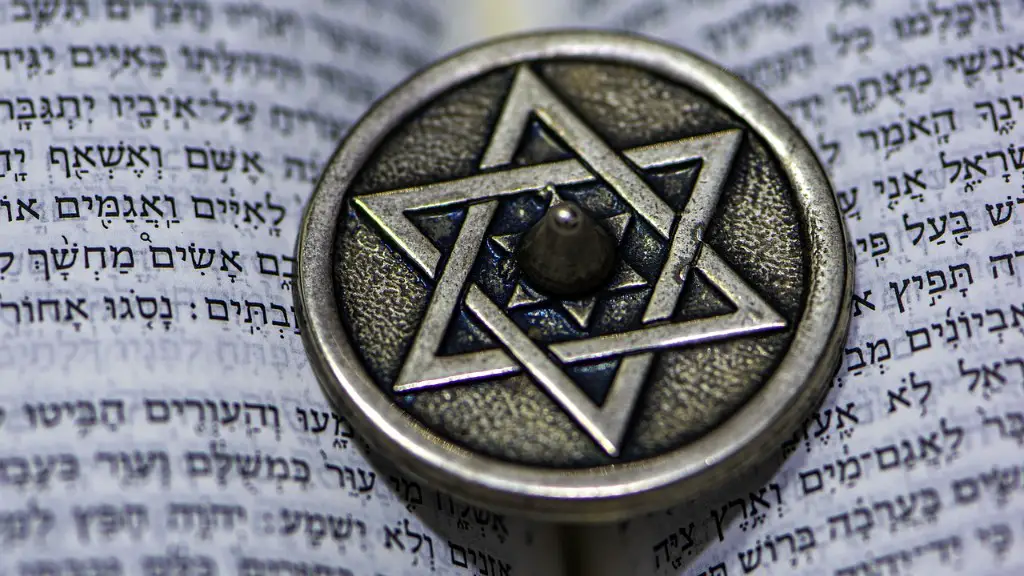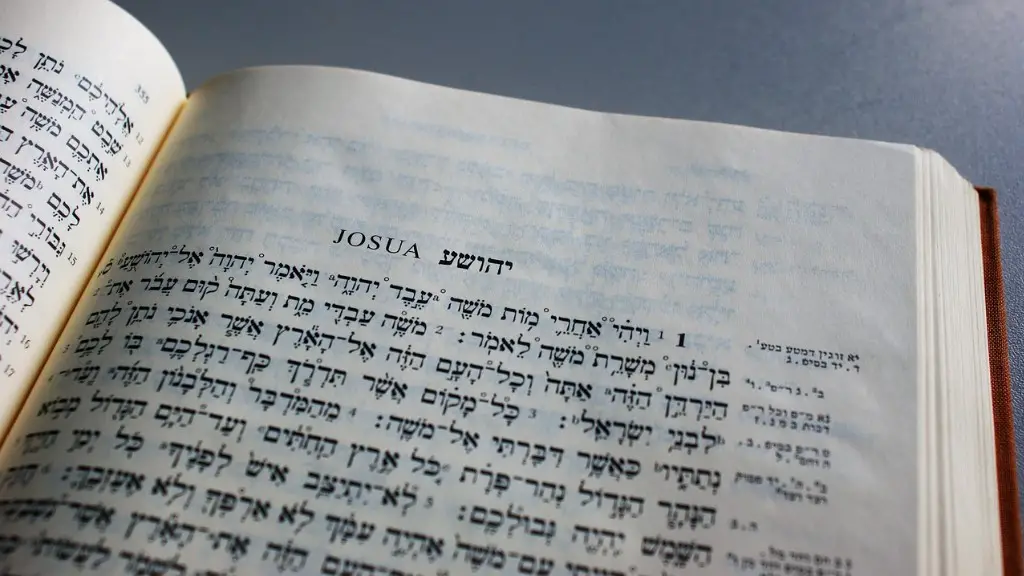All religions require some sort of prayer or worship of a higher power, in order to encourage and create spiritual connections with people and their beliefs. This can be found in Judaism, where prayer plays a large role in everyday life. People who practice Judaism come from many different places, and they come together to pray in several locations. Where exactly do they pray?
Central to all Jewish services is the synagogue – a place of prayer and study that is the hub of the community. It is not only a spiritual sanctuary for prayer gatherings, but a school for children, a community center for all to attend, and a place for social, communal events. There is usually a Torah ark– a shrine that contains sacred Torah scrolls. It lies at the front of any synagogue and is the focal point of the service.
Synagogues are found in various places across the country and each have slight variations, ranging from grand marble edifices to humble wooden shacks. Prayers can be recited in smaller settings, such as the home. Home services are often shortened and simpler than those in a synagogue. Some people combine both forms of worship, attending a synagogue on certain days and then praying at another place on other days.
It is traditional for Jews to rise early and pray in the morning. The Morning Service is one of the most important parts of the day and contains the bulk of the prayers and scriptures. The Amidah (‘Standing Prayer’) is always prominent in the Morning Service and is the heart of most Jewish services. It is composed of 19 blessings, each one dedicated to different aspects of Jewish life such as communal supplication, redemption and daily prayers for health and well-being.
In the Evening Service, which is usually short and sweet, Jews thank God for the day’s blessings and for sustaining them in the hope that He will continue to do so in the future. This service may include a recitation of the Shema, the most fundamental prayer in Judaism, and the most important for its reciting aloud twice a day. In some synagogues, the Shema is eventually chanted from the Torah scroll.
On holidays and other special occasions such as Rosh Hashanah, many other prayers take place in addition to the Morning and Evening services. These are called Musaf or Additional Service and they vary depending on the occasion. For example, on Rosh Hashanah, a special prayer is said that expresses the thanks to God for an auspicious new year.
It is important to note that there is not one specific text or way to pray in Judaism. There are a range of interpretations of prayer, and it is up to each individual to choose how they want to practice and pray. From communal gatherings to smaller home services, prayer can be found in many locations around the Jewish world.
Types Of Jewish Prayers
The Jewish prayer book, or siddur, contains thousands of prayers and blessings for various occasions. From day to day, the standard prayers are the Shema, Shacharit, Mincha and Ma’ariv. Other popular prayers include the Grace After Meals and the Amidah. Since many prayers are chanted, each prayer community has its own chants and melodies for the words.
The Shema is the central prayer of Judaism. There are several versions of this prayer, with the shorter version being read each morning and night. It is a declaration to God that one acknowledges His sovereignty and His role in protecting the world. The other core daily prayers are morning (Shacharit), afternoon (Mincha), and evening (Ma’ariv). Each morning, on a weekday, a different aspect of the Torah is read, such as the weekly Torah reading, the book of Proverbs, and so on.
The Amidah prayer is recited at the Holiest point of service, if performed in the synagogue. It is composed of 19 blessings, each one dedicated to different aspects of Jewish life such as communal supplication, redemption and daily prayers for health and well-being. The Grace After Meals is a brief prayer that is said after meals. It thanks God for allowing us to consume this food. Some will also say additional blessings.
Apart from the recitation of prayers, study is also an important part of worship. Jews gather to study and discuss the scriptures, and to hear sermons from the leaders of the congregation. They also mark events like Purim, Shabbat, and the High Holidays in a synagogue setting.
The Varied Locations Of Jewish Prayer
People in the Jewish faith can pray anywhere – from large communities to tiny homes. Jews come from all backgrounds and all corners of the world, and each one has their own unique way of praying to God. Some may sing during services and embrace an upbeat atmosphere, while others may be more focused on a solemn, reflective prayer.
Home services are often more intimate and may be shortened or adjusted to suit the time. Family members will come together to pray and build a spiritual connection. Those that practice in a synagogue will find communal support and guidance. Here, service leaders will direct the congregation and ensure that everyone is familiar with their sacred rituals and processes.
Though most prayers take place in the synagogue and home, they can also take place in other locations. Many Jewish priests and scholars will retreat to remote sites in the wilderness to meditate and study the Bible away from the noise of society. Pilgrims will also journey to Jerusalem, as this is a significant destination for Jewish prayer, as it is where the Temple Mount stands.
How To Engage During Jewish Prayers
Engagement in Jewish services is based on the individual’s connection to the Creator and to his/herself. Every Jew should have their own way to prayer, in their own home or synagogue. During prayers, Jews can actively listen to the readings and songs, meditate and contemplate on their feelings as the words affect them.
It is often customary to remain silent during the prayers, so that everyone can contemplate in peace. However, some will express themselves through singing or movement, depending on the type of service. Focusing on a meaningful word or phrase like “God is Greater” or “God is one” may help those struggling to pray or concentrate.
For those who prefer to be more physically active, they may make use of the prayer shawl, known as a tallit. This can become a ritual dance or movement which follows the rhythm of the prayer. The tallit may also be wrapped around the body during prayers to create a mitzvah (blessing), as it is written in the Book of Numbers, “And ye shall take you on the first day the boughs of goodly trees, branches of palm trees, and the boughs of thick trees, and willows of the brook;”
The Significance Of Prayers In Judaism
In Judaism, prayer is a way of speaking to the Creator. It is an opportunity to reflect on the words of the scriptures and contemplate them. By reciting these prayers, Jews can become closer to the Creator and deepen their spiritual connection.
It is also a way to express gratitude, or seek forgiveness. The aim of prayers is that by strengthening the individual’s relationship with God, one can reach a state of greater spirituality. In some cases, it may even bring healing and peace of mind.
By gathering in the synagogue, the community connects with other Jews in prayer and fellowship. They stand together and unite for common goals, concerns and issues. This is especially true during the High Holidays, when prayer and reflection can bring people closer to each other, and to their Jewish identities.
The Role Of Prayer In Achieving Redemption In Judaism
In Judaism, prayer is a way to achieve redemption. It is through the prayers and services of the synagogue that people can reconnect to the Creator and come closer to enlightenment. While on a spiritual journey, they can interact and commune with fellow Jews, and be reminded of the many significant aspects of their religion.
It was through the prayers of Moses that redemption became possible after the Exodus, and it is believed that prayerful endurance and resolution of one’s life leads to personal redemption. Still today, the efficacy of prayer is seen in the belief that it can heal, soothe, and bring resolution. Moreover, prayer is a way to show gratitude for blessings and to seek Divine guidance.
The power of prayer is also evidenced in the renewal of the covenant between the Jewish people and their Creator – the cornerstone of Jewish life. This renewed relationship marks a re-commitment to observance of Jewish law, a re-affirmation of Jewish traditions and customs, and the determination to adhere to the teachings of the Torah.
What Is The Effect Of Praying In Judaism?
In Judaism, prayer is a dialogue with the Creator. It is a way for people to gain strength and build relationships with their faith. Prayers can be read silently and privately, or in communal settings. Both have their own significance, as private prayer with intention gives individuals the chance to meditate and connect to their inner-self, while social prayer brings a community together as one.
Prayer is also a way to show respect to God and express one’s commitment to their beliefs. It is an opportunity to reflect on one’s actions, words and attitudes, and to ponder on the fundamental matters of their heart and spirit. In addition, prayer is an effective way to seek forgiveness, and to ask for comfort, understanding and strength in times of difficulty.
Prayer can help people stay focused, disciplined, and organized. It encourages them to explore spiritual solutions, rather than becoming overwhelmed by issues. With the aim of strengthening the individual’s relationship with the divine, prayer contributes to positive thinking, leading to greater peace and harmony.
The Benefits Of Praying In Judaism
The practice of prayer in Judaism can be a form of self-love, self-care and self-reflection – allowing people to take time out in peaceful contemplation. By taking part in communal prayer, individuals join with other Jews and reaffirm their faith in God. This provides a sense of belonging and identity, unifying the group that conquers all odds as one.
Prayers can bring humility, peace of mind and insight, as individuals are encouraged to pause and reflect on the power of their words and actions. By committing to this practice, people can start to feel more connected with the Creator. Ultimately, the act of praying in Judaism can lead to the path of redemption and deeper understanding of the spiritual life.
